by Richard Weigand | Nov 1, 2018 | Richard Weigand
“Art is the spiritual part of woodworking. The other part is the practicality of the building process and the functional aspect of the piece. There’s always a balance between what you are trying to say aesthetically and the practicality of the piece — there’s always a...
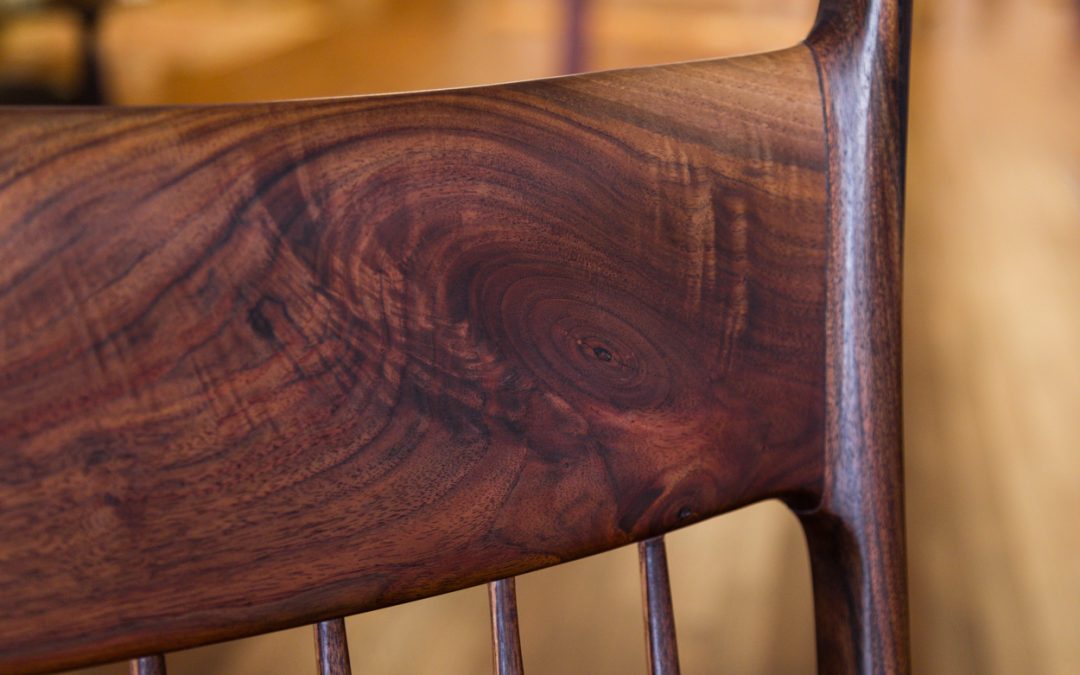
by Richard Weigand | Oct 26, 2018 | Richard Weigand
“A customer will feel that something is not quite right but he can’t put a name to it or explain to someone else what the problem is. You might go to a show and like one guy’s chairs but you aren’t interested in buying one; but then you walk into another person’s...
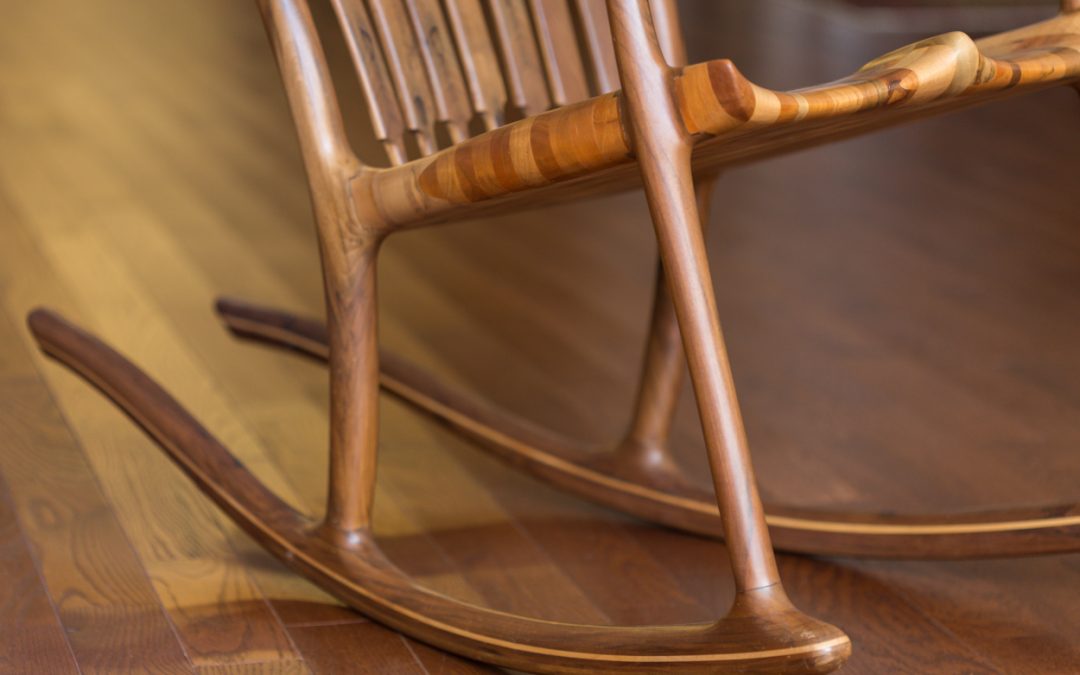
by Richard Weigand | Oct 19, 2018 | Richard Weigand
“In certain pieces there are ‘hard’ lines that are intentional and that’s okay. But a hard line that is not intended to be hard, that’s a problem for both the maker and his customer, and it’s difficult to explain though it’s easily sensed.”
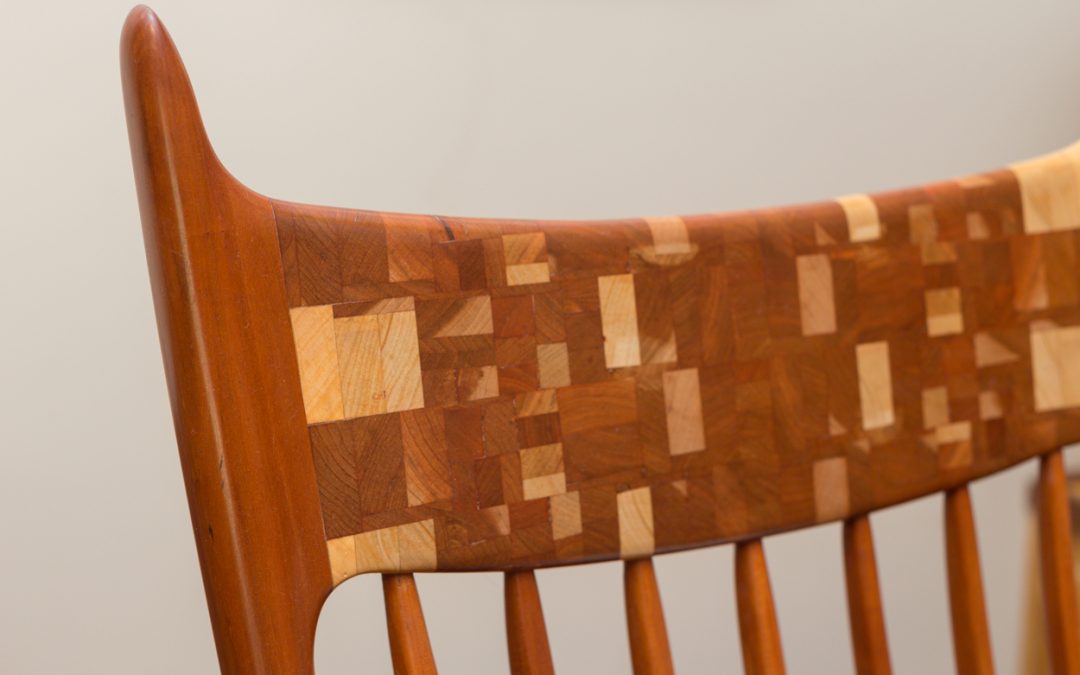
by Richard Weigand | Oct 12, 2018 | Richard Weigand
“On furniture, you want to fair any curve. Even if it’s a small curve, you put your hand on it and follow it up and down and you can tell if it’s faired. It feels continuous; there’s nothing abrupt.”
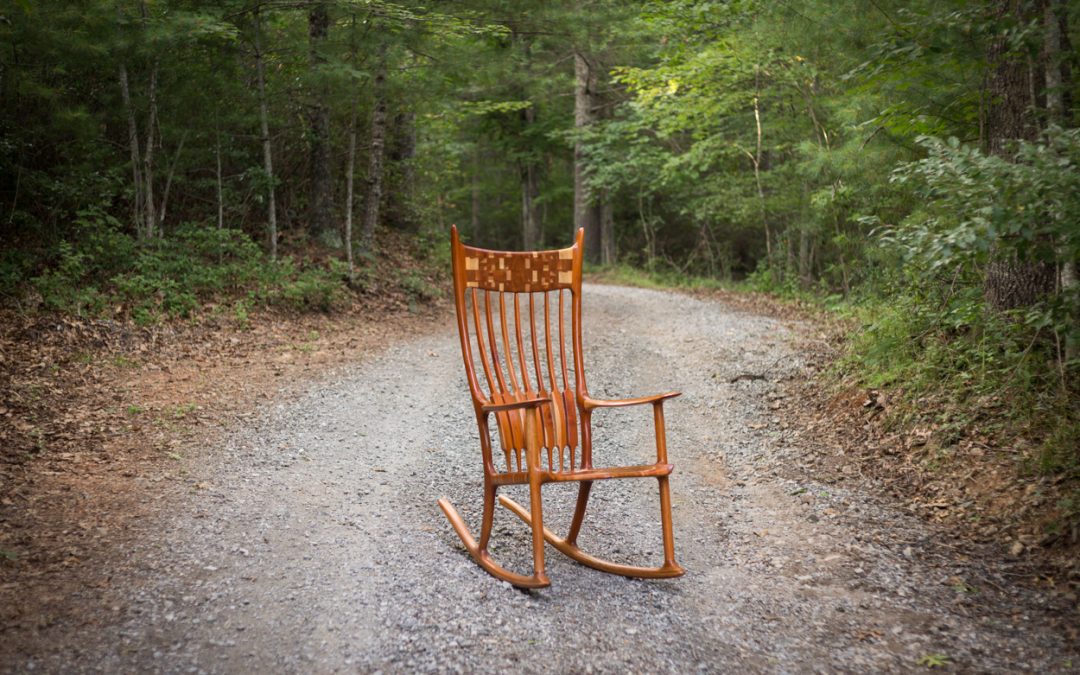
by Richard Weigand | Oct 5, 2018 | Richard Weigand
Richard Weigand says that to fair the curves in his woodworking projects, he looks at the shadows. “Light shows the hard line. If you have a hard shadow, the curve is not properly faired. If it’s properly faired you don’t have black and white, you have a gradient...
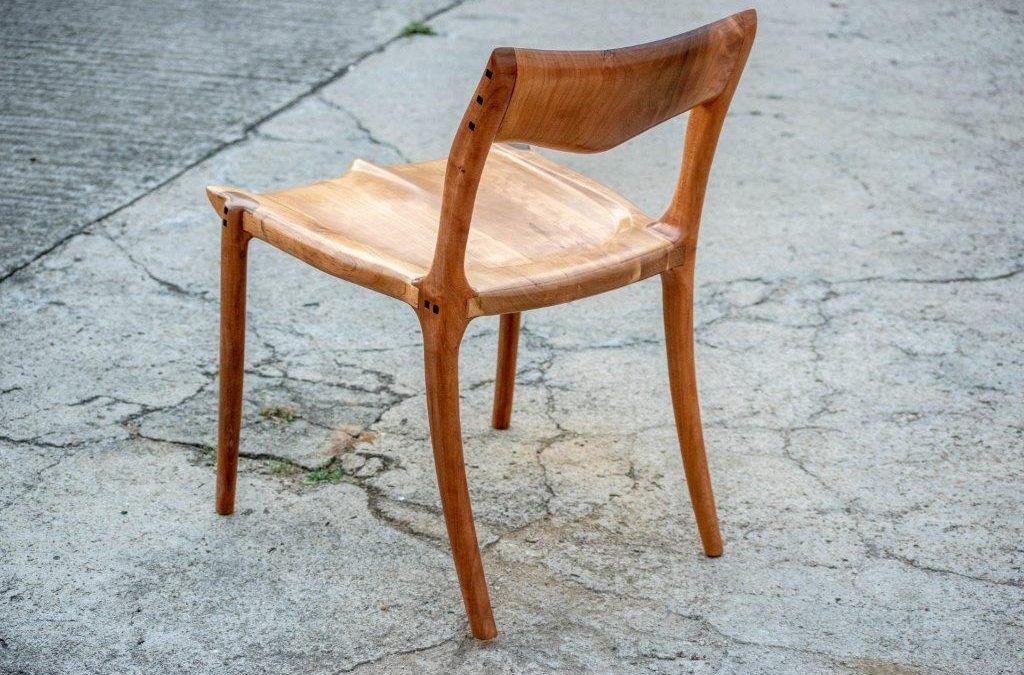
by Richard Weigand | Sep 28, 2018 | Richard Weigand
But if a curve – as often seen in nature and in art — is free-form, changing over its distance, being wide and open here and tighter and more controlled there, yet is still active, graceful, and so appealing that it draws the mind and hand of observers to touch it,...





